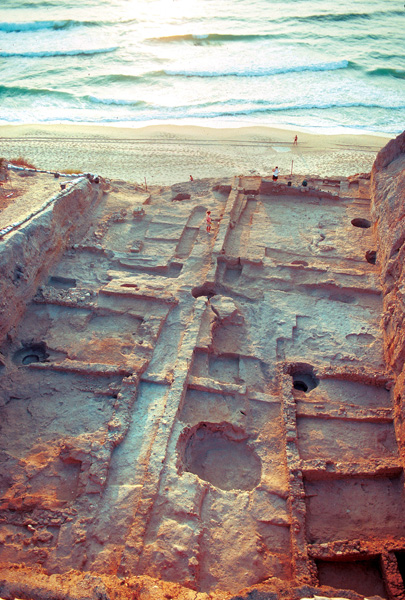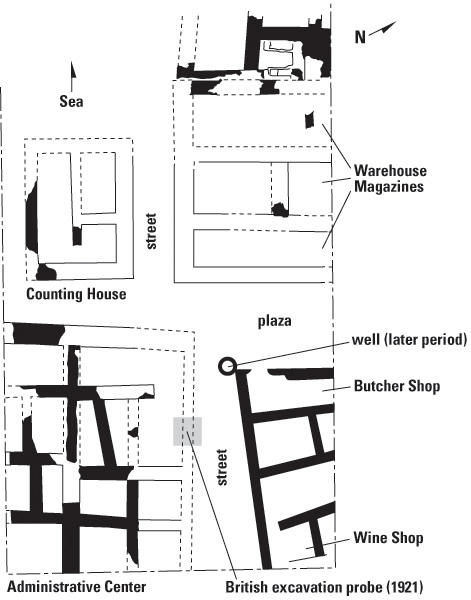Weeds & Seeds
What Archaeobotany Can Teach Us


Think small.
No, think minute!
Think something seemingly unimportant, but invaluable.
Think seeds and weeds and grains—grown over 2,500 years ago.
Our story takes place in the late seventh century B.C.E. in the thriving Philistine city of Ashkelon, on what is now the Mediterranean coast of Israel. In 604 B.C.E., Ashkelon was utterly destroyed by Nebuchadrezzar (or Nebuchadnezzar), the Babylonian leader who later destroyed Jerusalem and Solomon’s Temple in 586 B.C.E.
The background: The Babylonians, having defeated the Assyrians, succeeded to Mesopotamian hegemony. Egypt, meanwhile, moved in to control the states in the southern Levant—chiefly Philistia and Judah—that had effectively been Assyrian provinces. Babylon sought to assert its own dominance in this area of former Assyrian domination. A struggle between the world’s two superpowers—Babylonia and Egypt—ensued.
Already a library member? Log in here.
Institution user? Log in with your IP address.

